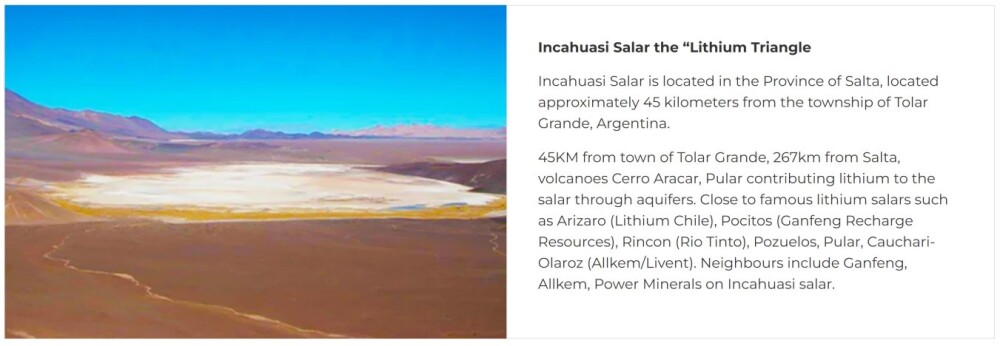Broadcom Inc. (AVGO), a prominent player in the semiconductor industry, announced a 10-for-1 forward stock split set to take effect on July 15, 2024, taking advantage of a rally in its shares this year. This decision comes on the heels of an outstanding second-quarter performance, underscoring Broadcom’s strategic positioning amid the burgeoning artificial intelligence (AI) revolution.
Understanding Stock Split Mechanics and Strategic Implications for Broadcom
A stock split involves dividing each existing share into multiple shares, effectively lowering the share price proportionally while maintaining the company’s total market capitalization. In AVGO’s case, each shareholder will receive nine additional shares for every one share held, resulting in a tenfold increase in the number of outstanding shares.
The primary objective of a stock split is to make shares more affordable and accessible to a wide range of retail investors by reducing the nominal share price. Given Broadcom’s share price surpassing $1,800 recently, the split aims to address perceived affordability barriers that may have deterred investors.
The increased accessibility can broaden AVGO’s investor base, potentially stimulating demand for its shares. Consequently, a higher number of outstanding shares resulting from the stock split typically leads to higher trading volumes. This enhanced liquidity can benefit both existing and new investors, allowing for easier entry and exit from positions.
Comparison with NVIDIA’s Recent Similar Move
Broadcom’s stock split mirrors a similar move by NVIDIA Corporation (NVDA), its rival in the AI hardware market. With more individual investors gaining access to Nvidia’s shares post-split, which came into effect at the close of trading on June 7, increased trading activity and demand were observed, potentially driving share prices higher.
NVIDIA’s stock is trading above its 50-day and 200-day moving averages of $99.28 and $68.61, respectively. NVDA’s successful split this month was preceded by significant market gains, highlighting the strategic timing of Broadcom’s decision to capitalize on investor sentiment surrounding the AI and semiconductor sectors.
Historically, stock splits are viewed as a bullish signal. According to data from BofA research, total returns for companies announcing stock splits are about 25% in the 12 months after a stock split compared to 12% gains for the S&P 500 index.
Broadcom’s Unprecedented Growth Amid the AI Boom
With a $839.05 billion market cap, AVGO is a technology leader that develops and supplies semiconductor and infrastructure software solutions. The company manufactures sophisticated networking chips for handling vast amounts of data used by AI applications such as OpenAI’s ChatGPT, positioning it as one of the beneficiaries of increased enterprise investments in the boom.
According to Grand View Research, the global AI market is projected to reach $1.81 trillion by 2030, growing at a CAGR of 36.6% during the forecast period (2024-2030). As AI continues to revolutionize industry verticals, including automotive, healthcare, retail, finance, and manufacturing, chipmakers like Broadcom are at the forefront, providing the essential chips that power AI applications.
Broadcom’s second-quarter results were primarily driven by AI demand and VMware. For the quarter that ended May 5, 2024, AVGO’s net revenue increased 43% year-over-year to $12.49 billion. Its revenue surpassed the consensus estimate of $12.01 billion. Revenue from its AI products was a record $3.10 billion during the quarter. Broadcom reported triple-digit revenue growth in the Infrastructure Software segment to $5.29 billion as enterprises increasingly adopted the VMware software stack to build their private clouds.
AVGO’s gross margin grew 27.2% from the year-ago value to $7.78 billion. Its non-GAAP operating income rose 32% year-over-year to $7.15 billion. Furthermore, the company’s non-GAAP net income came in at $5.39 billion or $10.96 per share, up 20.2% and 6.2% year-over-year, respectively. Its EPS exceeded the analysts’ expectations of $10.84.
Also, the company’s adjusted EBITDA grew 30.6% from the prior year’s quarter to $7.43 billion. It reported a free cash flow, excluding restructuring and integration, of $4.45 billion, up 18% year-over-year. As of May 5, 2024, AVGO’s cash and cash equivalents were $9.81 billion.
After an outstanding financial performance, Broadcom raised its fiscal year 2024 guidance. The company expects full-year revenue of nearly $51 billion. Its adjusted EBITDA is expected to be approximately 61% of projected revenue.
Favorable Analyst Estimates
Analysts expect AVGO’s revenue for the third quarter (ending July 2024) to grow 45.6% year-over-year to $12.92 billion. The consensus EPS estimate of $12.11 for the current quarter indicates a 14.9% year-over-year increase. Moreover, the company has surpassed the consensus revenue and EPS estimates in each of the trailing four quarters, which is impressive.
For the fiscal year ending October 2024, Street expects Broadcom’s revenue and EPS to grow 43.4% and 13% year-over-year to $43.37 billion and $47.74, respectively. In addition, the company’s revenue and EPS for the fiscal year 2025 are expected to increase 15.3% and 25.6% from the previous year to $59.22 billion and $59.95, respectively.
Bottom Line
As AI continues to revolutionize several sectors, chipmakers such as Broadcom are at the forefront, offering essential semiconductor and infrastructure software solutions powering this technology. Driven by robust AI demand and VMware, AVGO reported solid second-quarter performance, exceeding analysts’ estimates for revenue and earnings.
The management expressed confidence in the company’s growth prospects by raising the company’s fiscal year 2024 guidance for revenue to $51 billion and adjusted EBITDA to 61% of revenue. Moreover, AVGO’s strong financial health enabled it to approve a quarterly dividend of $5.25 per share, payable on June 28, 2024.
The company pays an annual dividend of $21 per share, which translates to a yield of 1.17% on the current share price, while its four-year average dividend yield is 2.69%. Its dividend payouts have grown at CAGRs of 12.9% and 17.5% over the past three and five years, respectively. Broadcom also raised its dividend payouts for 13 consecutive years.
In the last quarterly earnings release, AVGO announced a ten-for-one forward stock split of its common stock, making ownership of Broadcom stock more accessible to investors. The company’s decision to execute a stock split represents a strategic move to enhance shareholder value and broaden investor participation.
By making its shares more accessible and increasing liquidity, Broadcom positions itself to attract a diverse array of investors keen on capitalizing on the AI-driven semiconductor boom. The stock split is a pivotal catalyst that could propel AVGO’s growth trajectory forward, cementing its status as a critical player in the evolving tech industry.
In a report released on June 16, William Stein from Truist Financial maintained a Buy rating on AVGO, with a price target of $2,045. Further, Oppenheimer’s Rick Schafer increased the price target on Broadcom from $1,500 to $2,000 while maintaining a Buy rating on the stock.
In addition to Oppenheimer’s rating update, other analysts adjusted their price targets for AVGO. Goldman Sachs’ Toshiya Hari raised the price target from $1,550 to $1,850 and maintained a Strong Buy rating. Also, JP Morgan’s Harlan Sur raised the price target from $1,700 to $2,000 and maintained a Strong Buy rating on the stock.
In conclusion, for investors eyeing opportunities in the dynamic intersection of AI and semiconductor sectors, Broadcom’s ten-for-one stock split presents a compelling avenue to consider, backed by sound fundamentals and strategic foresight.
By Ino.com – See our Trader Blog, INO TV Free & Market Analysis Alerts
Source: Why Broadcom’s (AVGO) 10-for-1 Stock Split Could Attract a New Wave of Investors














 Article by
Article by 



























